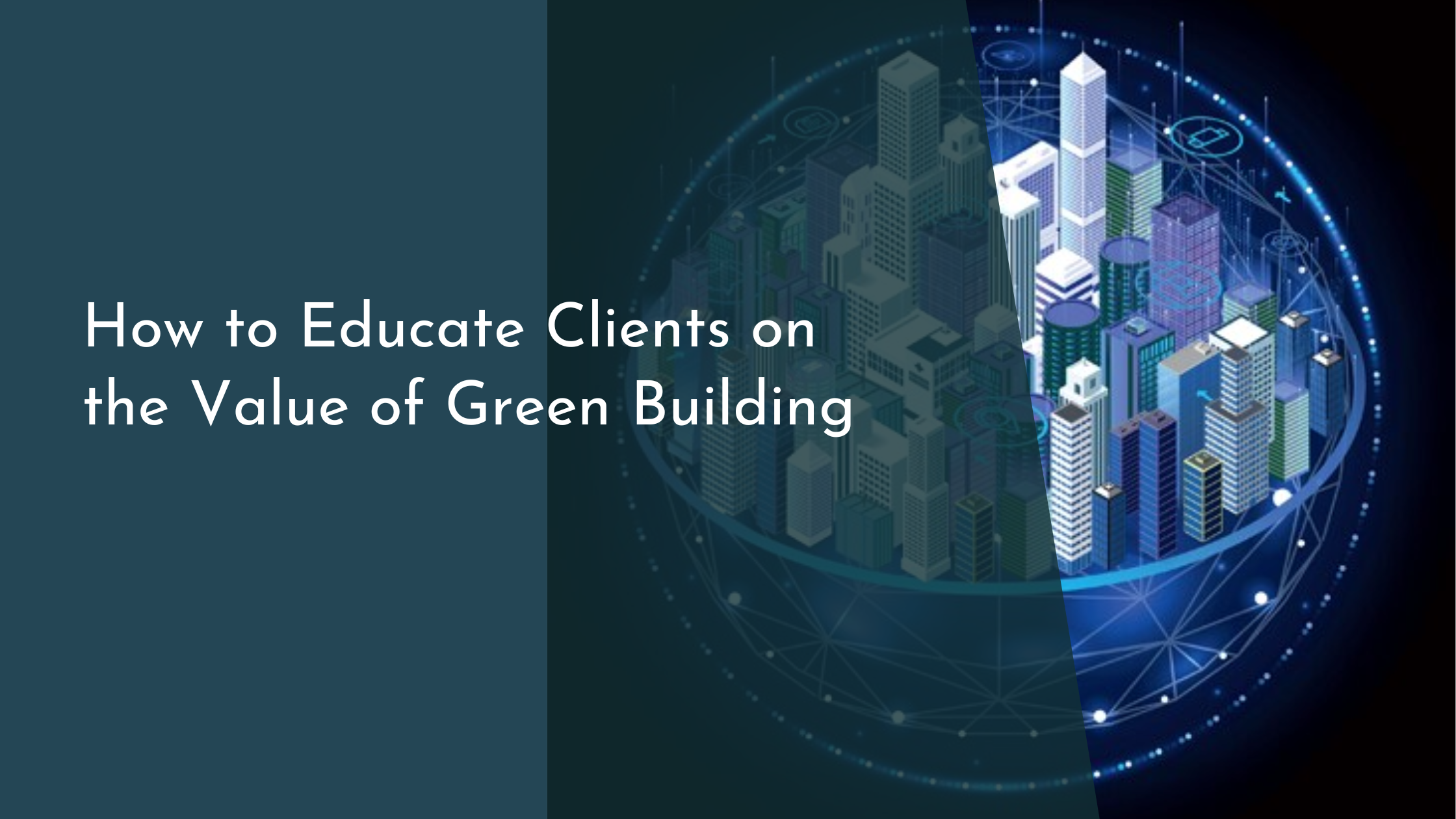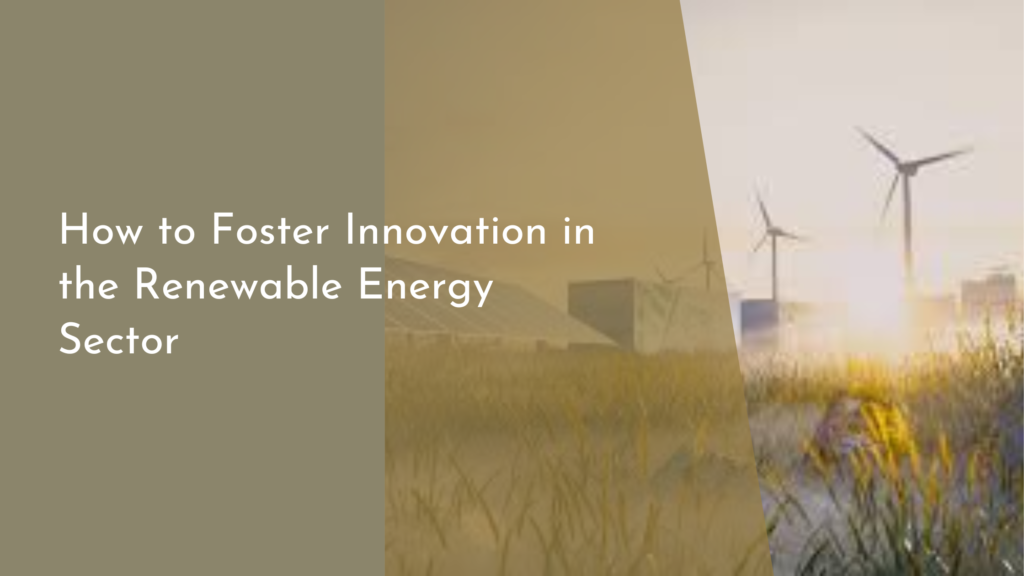How to Educate Clients on the Value of Green Building
In today’s world, sustainability is no longer just a buzzword; it has become a crucial aspect of various industries, including construction. Green building, a method that reduces the environmental impact of construction and promotes sustainability, is gaining popularity. However, to fully embrace this paradigm shift, clients must be educated on the value it brings. This article will guide you through understanding green building principles, effectively communicating their benefits, highlighting associated cost savings, and illustrating long-term value and market trends.
Understanding Green Building Principles
Green building is rooted in sustainable and environmentally friendly practices aimed at reducing resource consumption and minimizing waste. It incorporates various elements, such as energy-efficient materials, renewable resources, and design techniques that lower a building’s carbon footprint. Educating clients begins with explaining these foundational principles and demonstrating how they contribute to creating healthier, more sustainable living and working environments.
An essential aspect of this educational journey involves familiarizing clients with the certifications and standards that gauge a building’s sustainability, such as LEED (Leadership in Energy and Environmental Design) and BREEAM (Building Research Establishment Environmental Assessment Method). Providing insights into these benchmarks can help clients understand the criteria that define green buildings, making the concept more tangible and credible.
Communicating Environmental Benefits
Once clients grasp the principles of green building, it is vital to communicate the environmental benefits effectively. These benefits include reducing greenhouse gas emissions, conserving water, and minimizing waste, all of which contribute to a healthier planet. Clients may also appreciate learning about the positive impact green buildings have on local ecosystems, as they often employ landscaping techniques that support biodiversity and natural habitats.
Highlight the role of green buildings in combating climate change, a concern shared by many. Illustrating how sustainable structures can significantly reduce energy consumption and reliance on non-renewable resources can resonate with environmentally conscious clients. By emphasizing the broader impact of green building on ecological balance and global sustainability, you can help clients see the value in investing in sustainable construction practices.
Highlighting Cost Savings and Efficiency
Educating clients on the economic advantages of green building is crucial for demonstrating its value. Initial construction costs may be higher, but significant savings in energy, water, and maintenance expenses over time often outweigh these upfront investments. By showcasing case studies and real-life examples of green buildings that have notably reduced operational costs, you can present a compelling argument for the financial benefits of going green.
Additionally, energy-efficient systems and appliances play a significant role in reducing utility bills, making green buildings financially appealing. Informing clients about government incentives, tax credits, and rebates available for sustainable construction can further enhance their interest. These financial aspects underscore that green building is not only an environmentally responsible choice but also a wise economic decision.
Illustrating Long-term Value and Market Trends
The long-term value of green buildings extends far beyond immediate cost savings. They are designed to be durable and adaptable, often resulting in higher property values and increased demand in real estate markets. Explain to clients how sustainable buildings are more attractive to buyers and tenants, which can lead to faster sales or rentals and potentially higher returns on investment.
Moreover, keeping clients informed about current market trends can be instrumental in making green building a compelling choice. The growing demand for sustainable and energy-efficient properties reflects a shift in consumer preferences, with more individuals seeking environmentally responsible living spaces. By positioning green building as a forward-thinking strategy aligned with market trends, clients will see it not just as a choice for today, but as an investment for the future.
In conclusion, educating clients on the value of green building involves a comprehensive approach that addresses environmental, economic, and market considerations. By effectively communicating the principles, benefits, and long-term value of green construction, you can help clients make informed choices that benefit both them and the planet. As the world embraces sustainability, clients who understand and value green building will be better positioned to thrive in an evolving market, ultimately helping to shape a more sustainable future for all.


